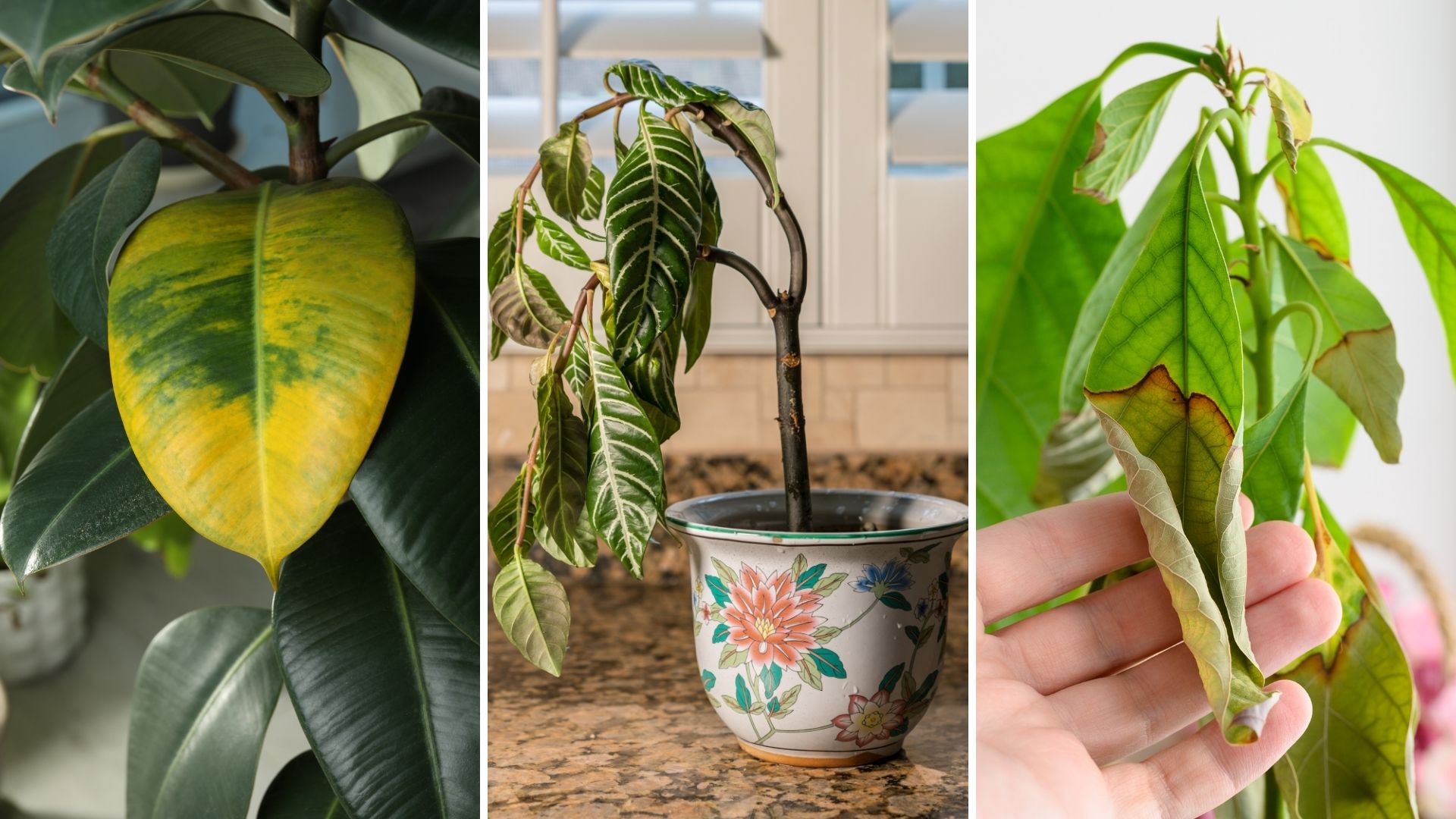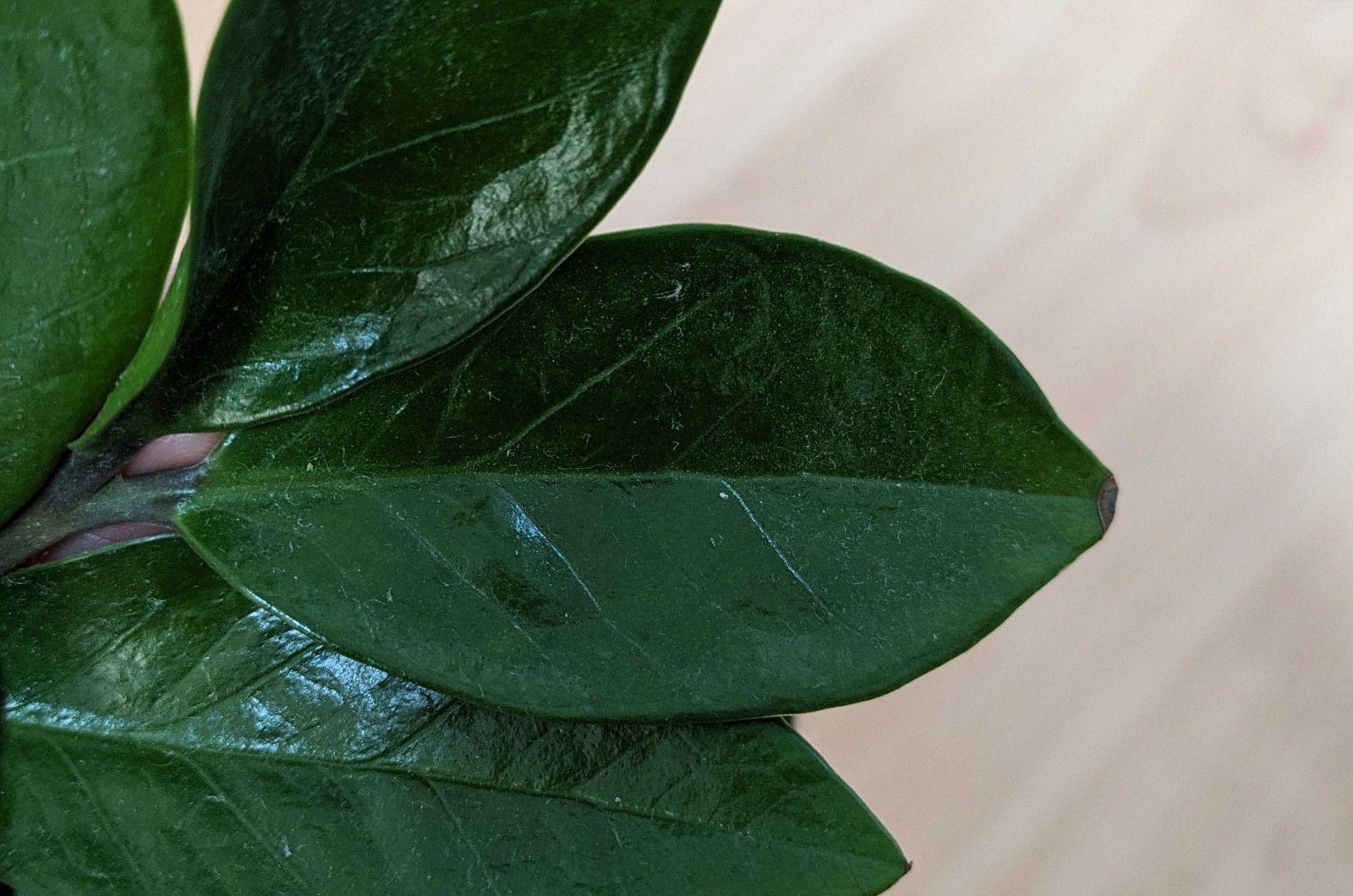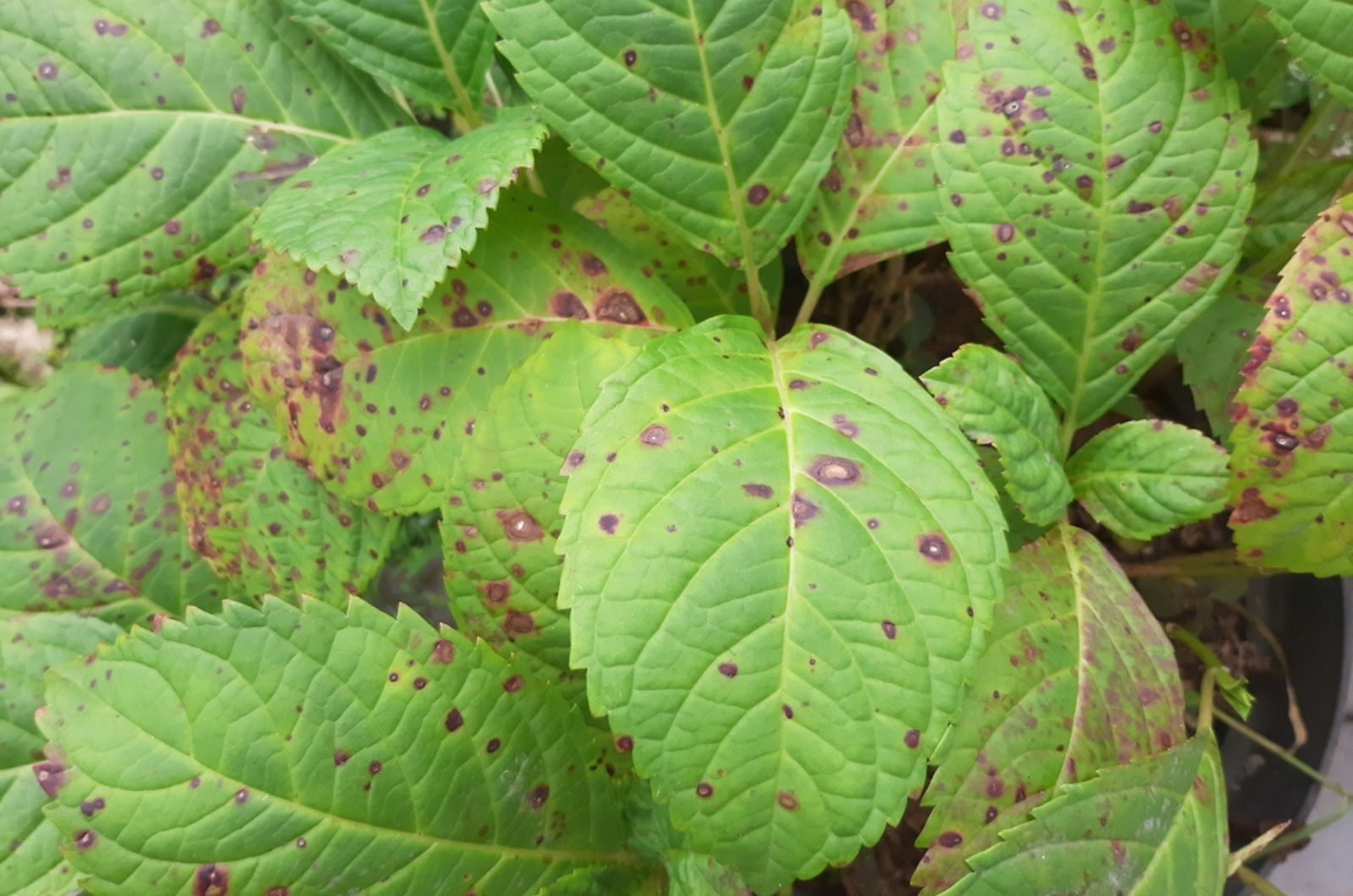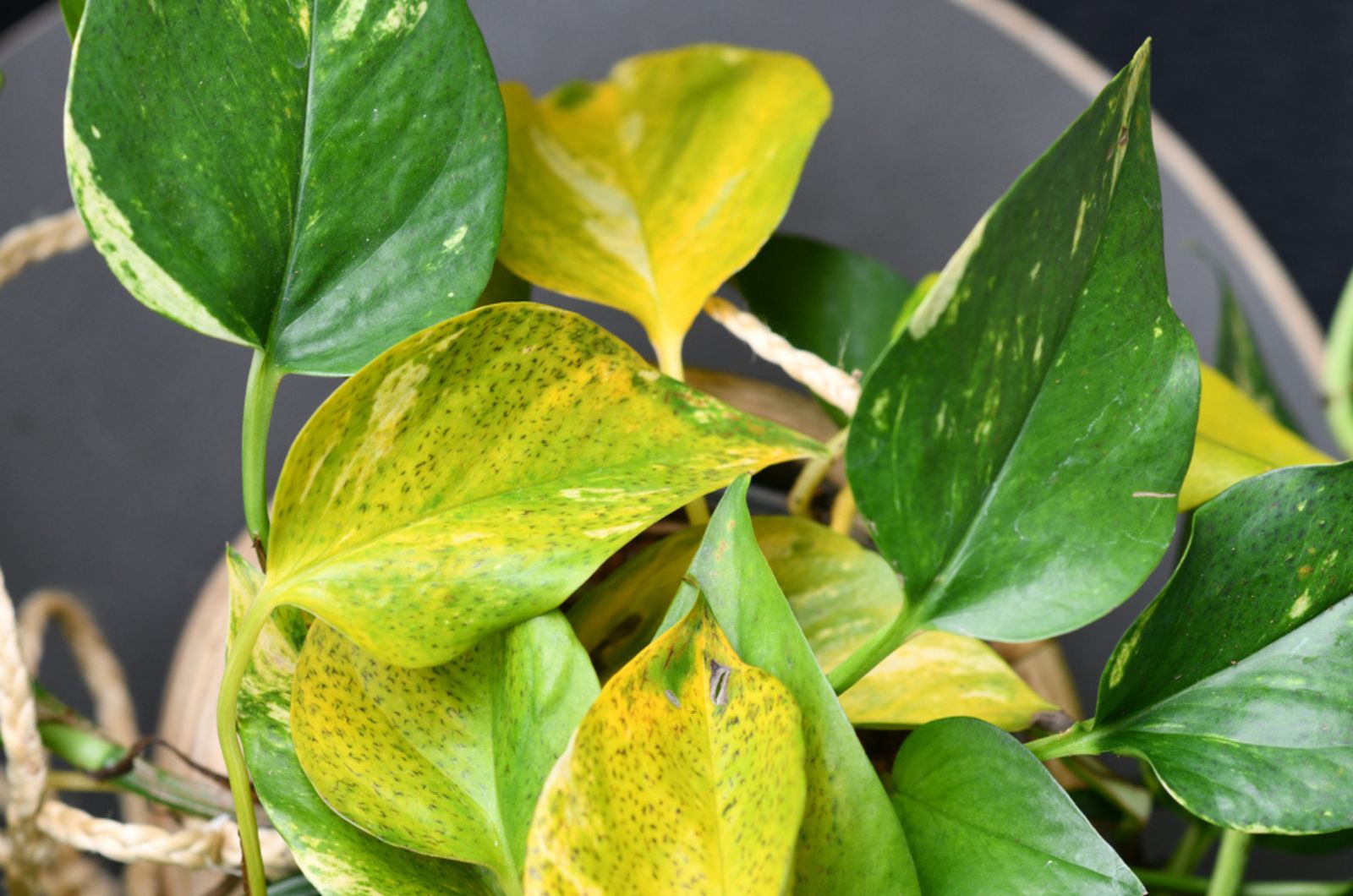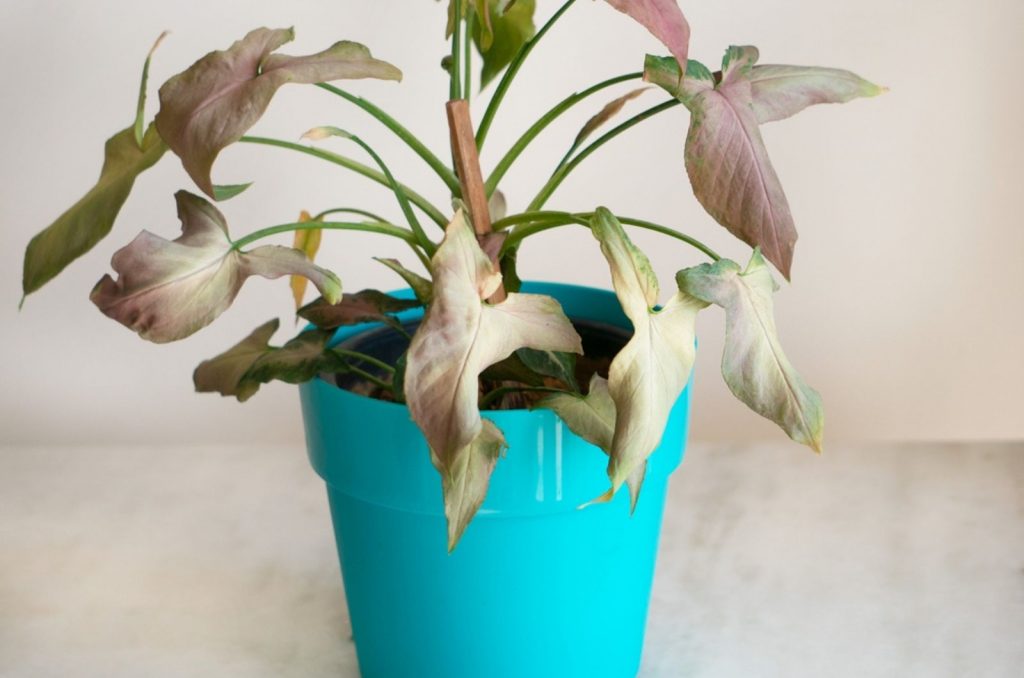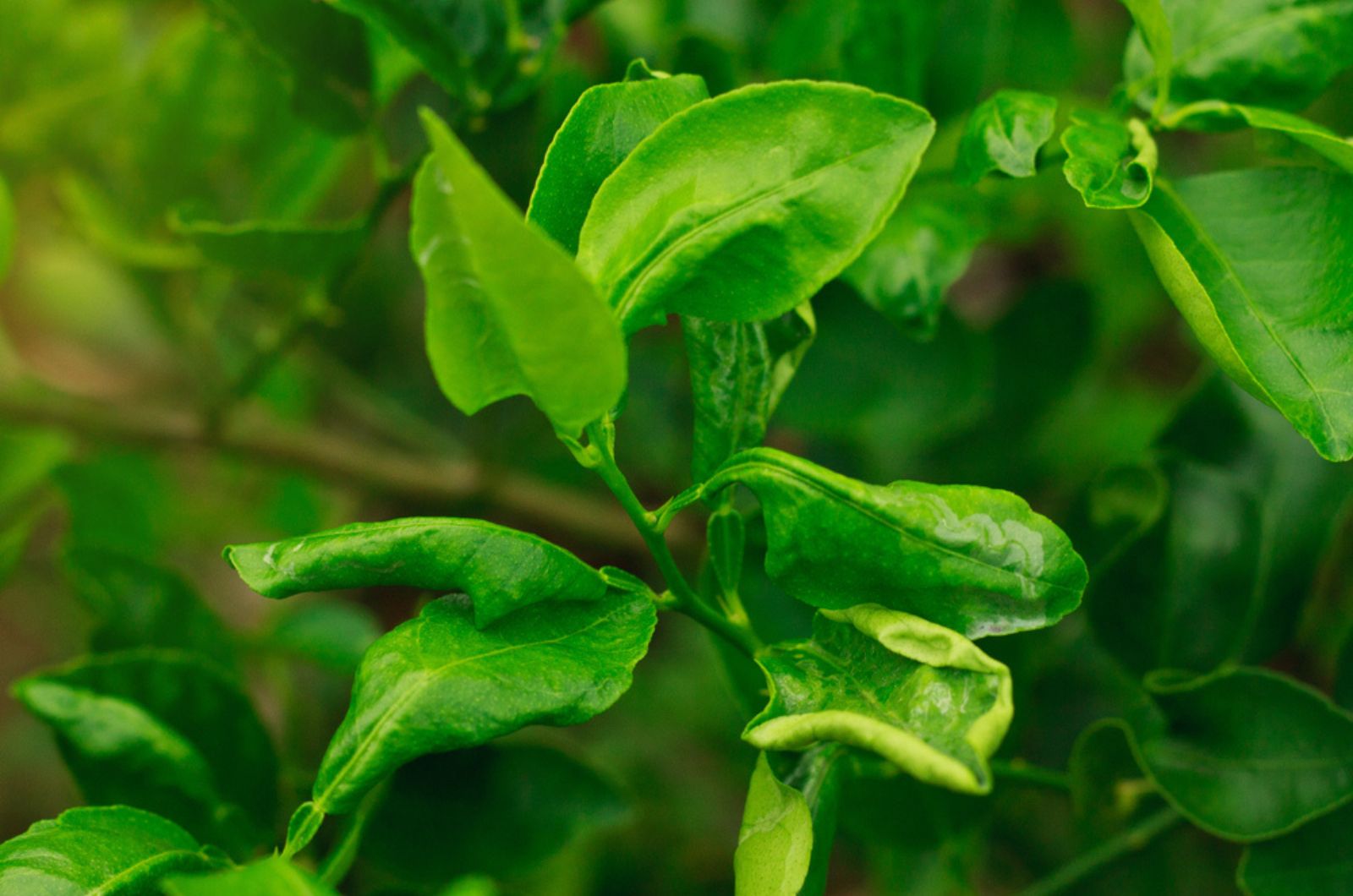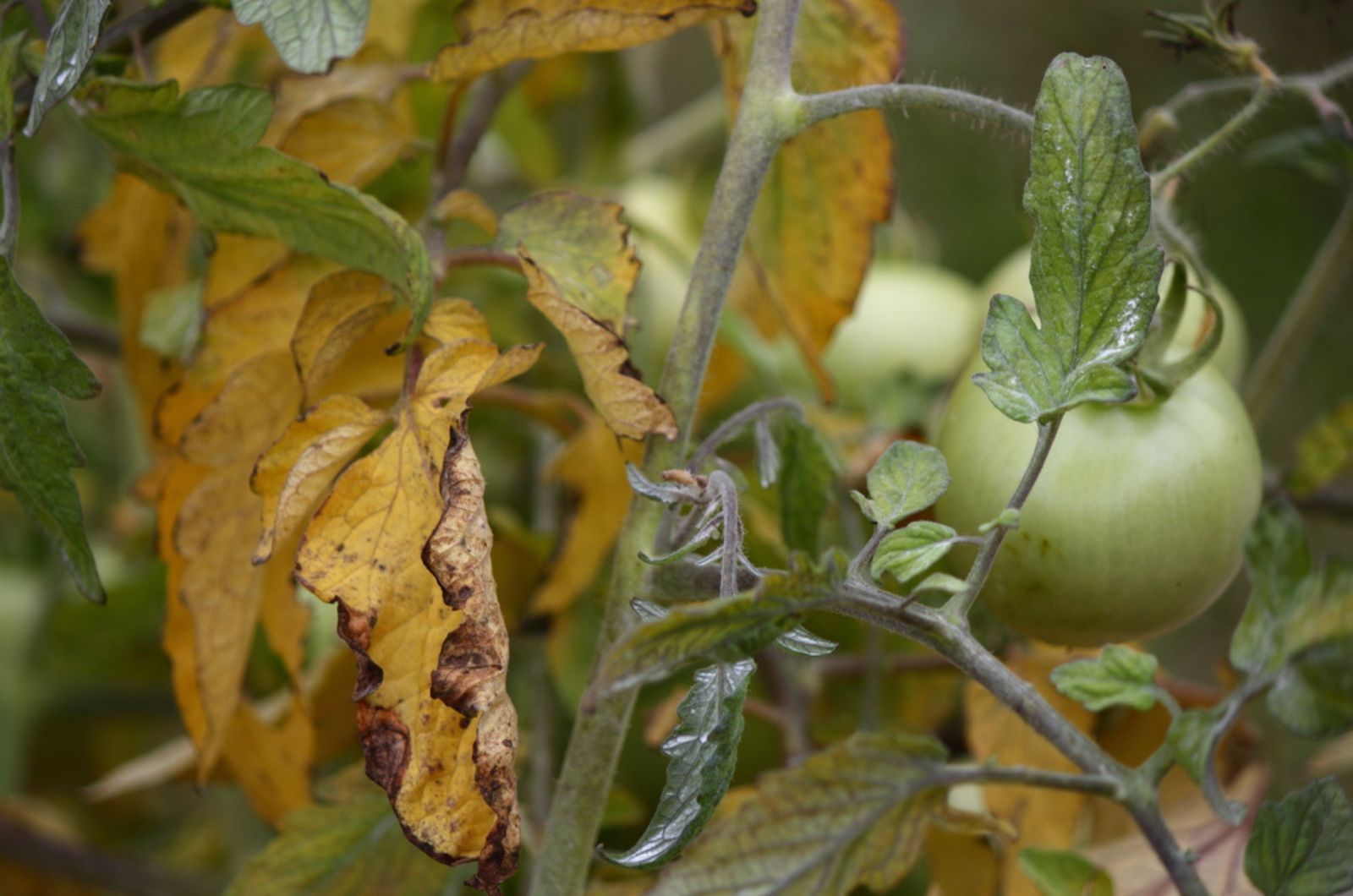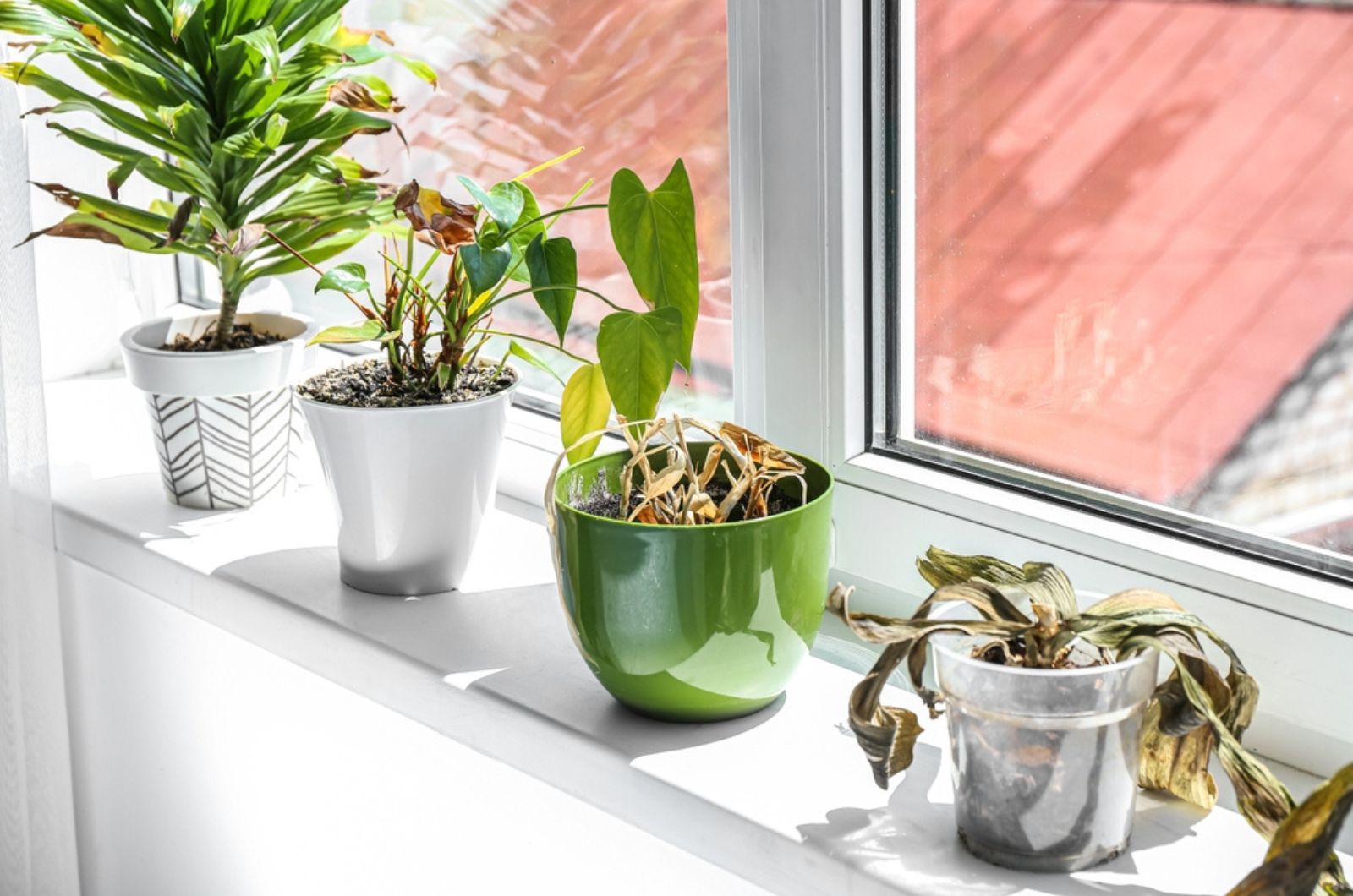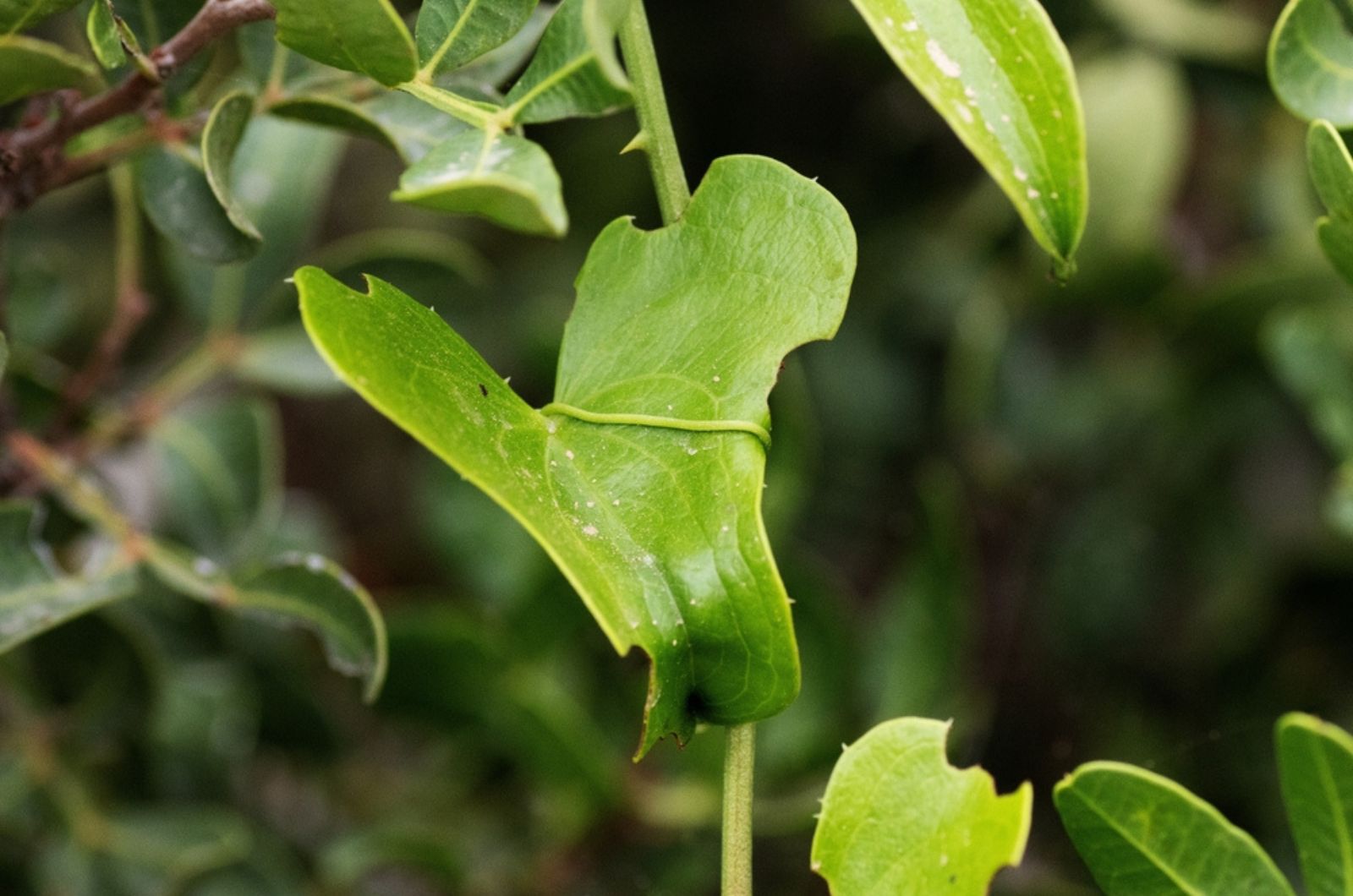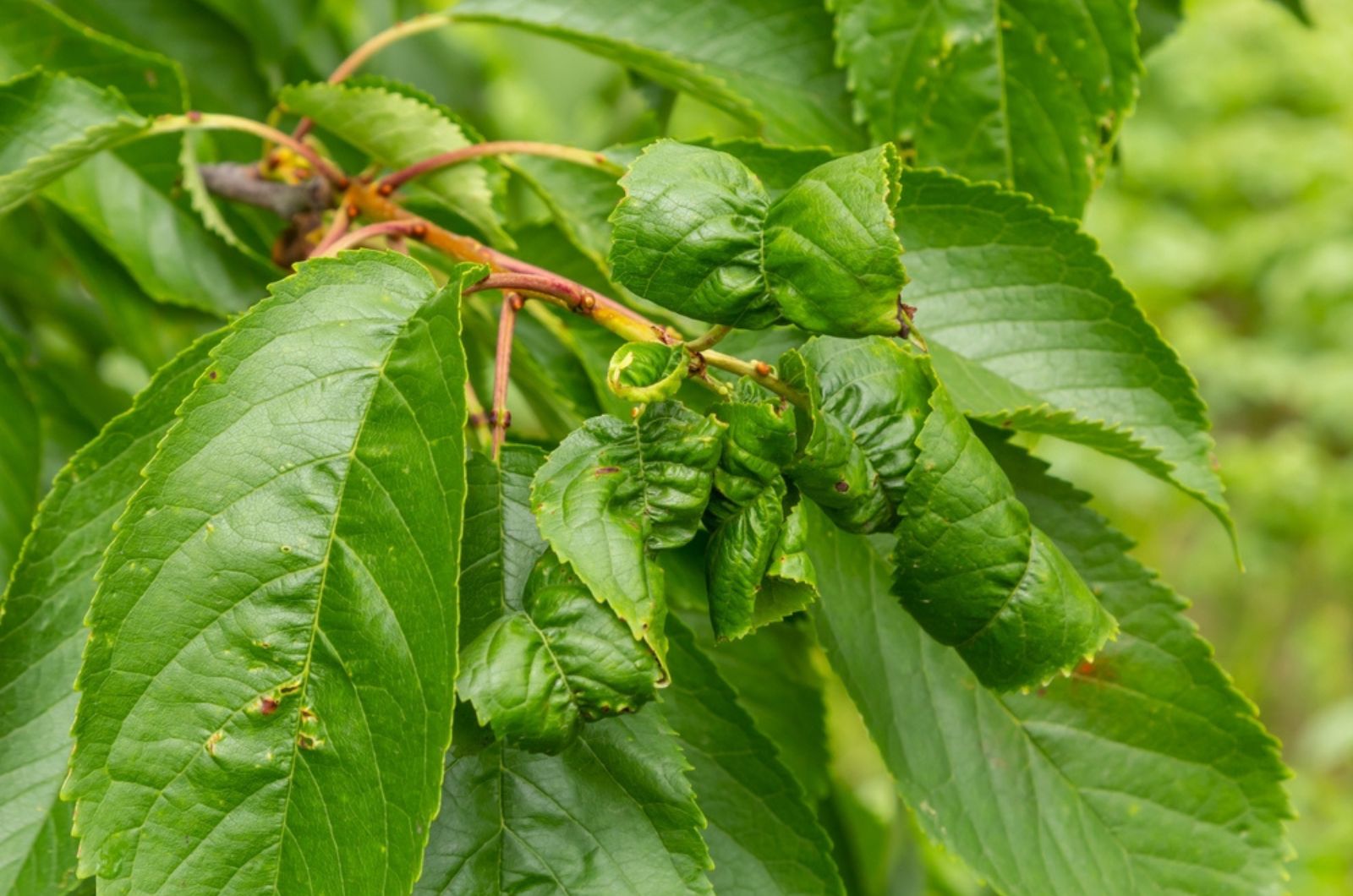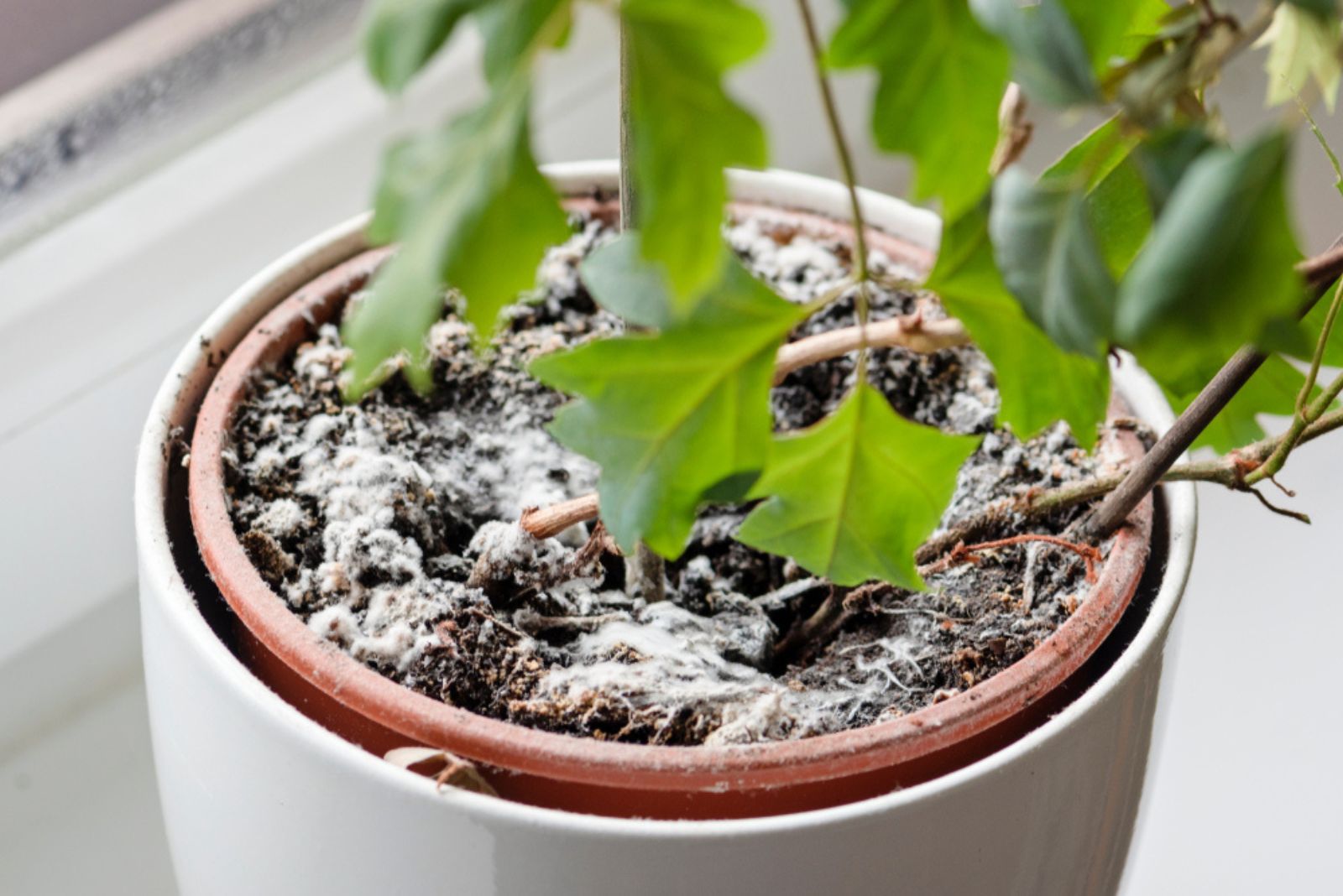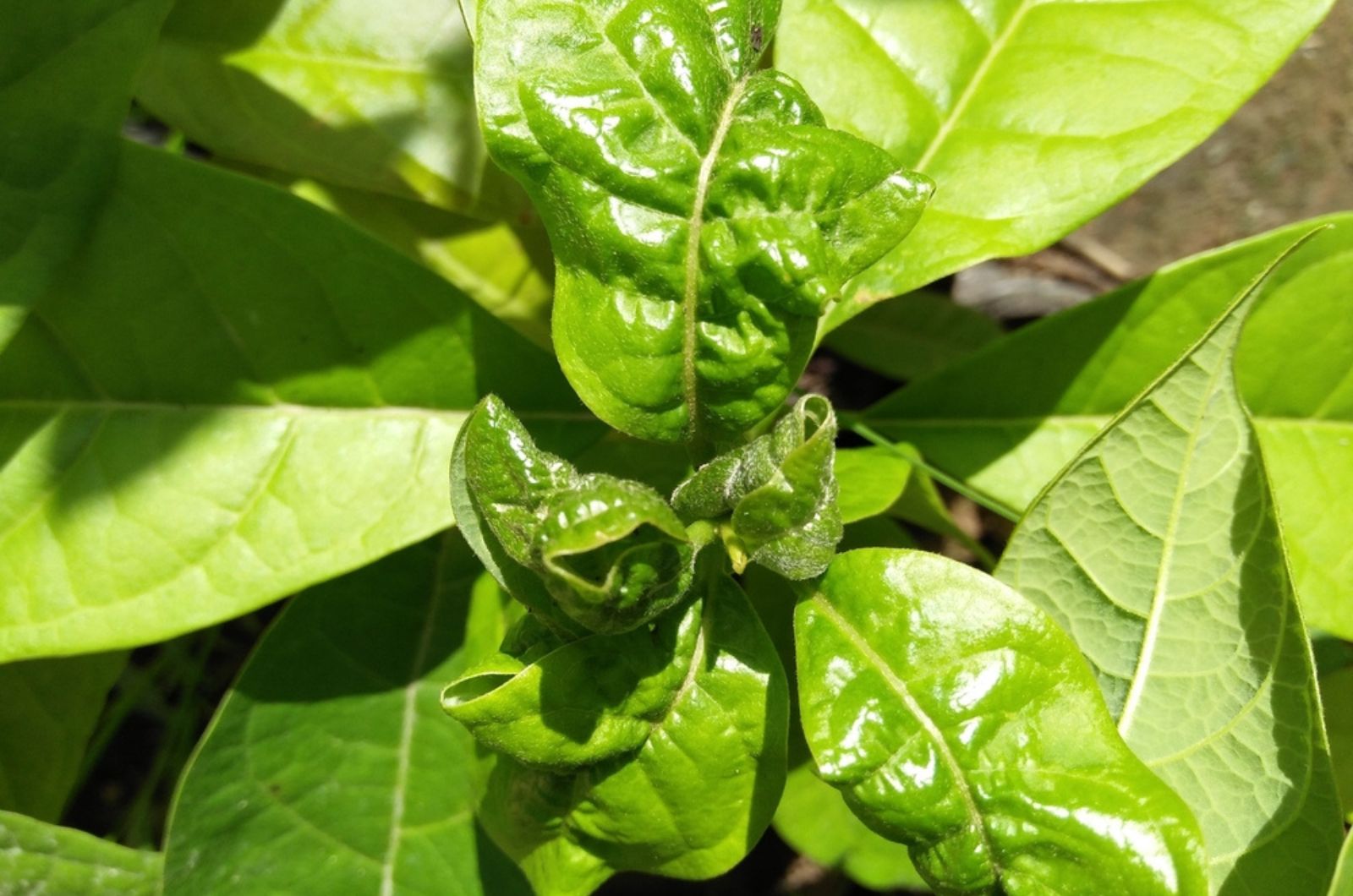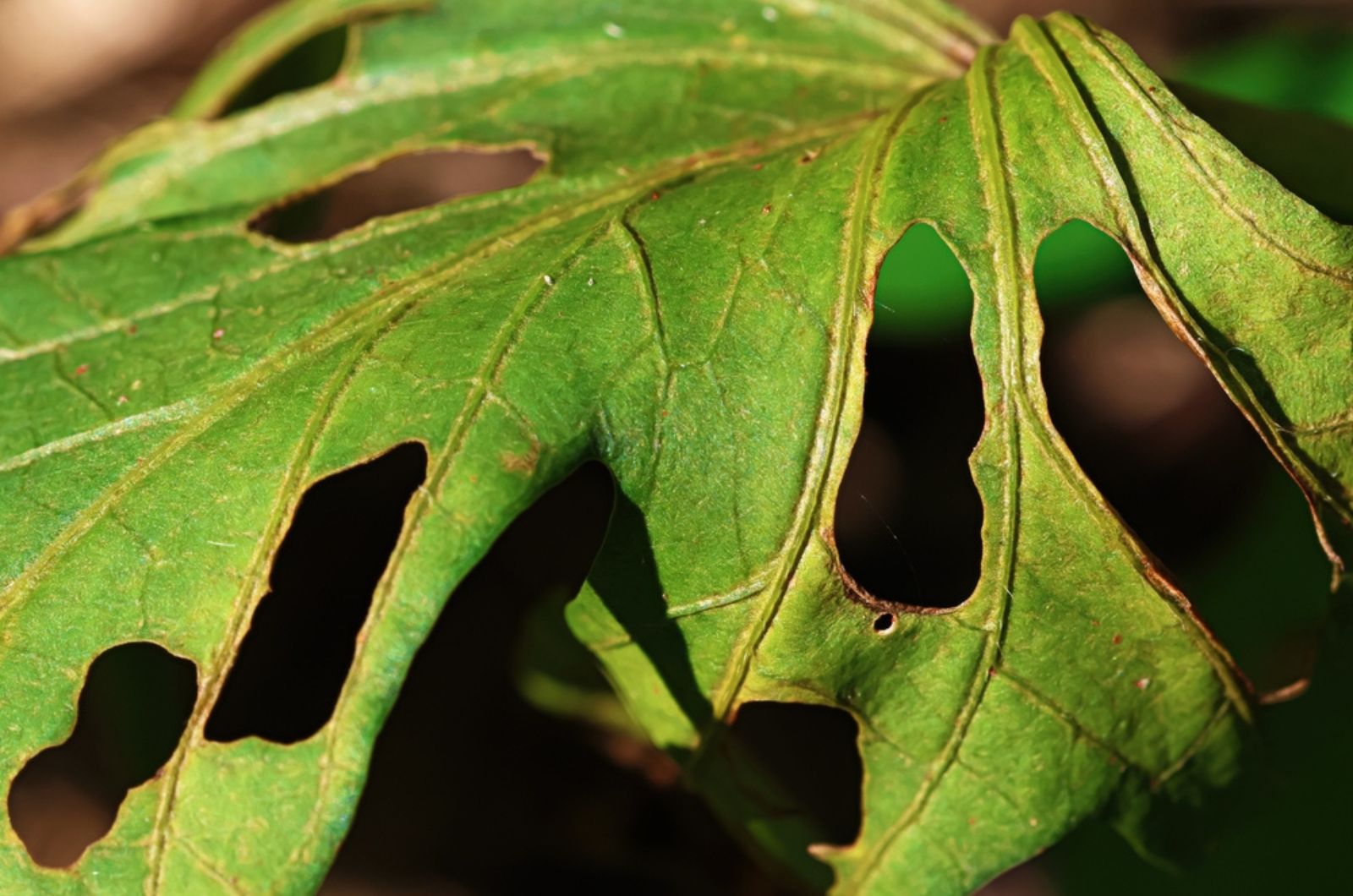I used to fall into a full-on depression whenever I saw faded or yellow foliage on my ZZ plant. Or when my coffee plant started to turn brown!
Yes, I did have my mishaps with plants. And that’s why I’m here to tell you not to panic when something like this happens.
If you keep a level head, you’ll diagnose common houseplant issues without any trouble. They usually have something to do with inadequate lighting, watering, feeding, or pests.
Here’s how to become a plant doctor and fix your houseplants all in one go!
Let’s get started!
#1 Brown Leaf Tips
If you notice browning tips on your parlor palm, know that the most common culprits are dehydration and excess light.
Other causes of this issue include potassium deficiency or thrip infestation. These pests will cause the foliage to curl and become crispy because they suck the sap out of it.
The Fix
First make sure your houseplant isn’t in direct sunlight (unless its care guide specifically asks for that light level). Then, check the soil and give it more water if needed.
If these things are in order, check for thrips and remove them with horticultural oils. As a last resort, try a potassium-rich fertilizer.
#2 Brown Spots
Fiddle leaf figs and calatheas have very specific watering requirements. Fail to meet them, and they may end up with brown spots on their foliage.
Yet, if you have a houseplant with regular watering needs, brown spots are usually a sign of nutrient deficiency. It could be due to a lack of nitrogen, phosphorus, or potassium.
The Fix
If your plant has special watering needs, make sure to check the growing medium often. Wait until the top few inches dry out before irrigating again.
And if you suspect nutrient deficiency, change the fertilizer you’re using. A well-balanced plant food works quite well for most houseplants.
You can also try fertilizers with an NPK of 3-1-2, which is ideal for tropical plants, assuming your buddy needs more nitrogen. Or you can repot your plant into fresh soil and start anew.
#3 Yellowing Leaves
There are many reasons why your golden pothos might turn yellow. If only the older leaves change color, it could be root rot or a lack of nitrogen.
Sometimes, the plant will drop its old leaves to save energy for the new ones, so don’t be alarmed; this is a natural process.
If all the foliage starts changing its color, the reason is most likely potassium deficiency. (1)
The Fix
You should first check your plant’s roots before doing anything else. If they are fine and you know you’re not overwatering, try adding nitrogen or potassium.
Look at the ingredients of the fertilizer you’ve used so far and see what ingredient is lacking.
#4 Fading
If you check anthurium light requirements, you’ll see that it needs bright indirect sunlight. Anything more or less will lead to fading (among other issues).
This problem is more noticeable on variegated plants when they start losing their unique color.
The Fix
Luckily, you can fix this issue without any trouble. If your plant is in direct sunlight and you notice browning as well as fading, move it a couple of feet away from the windows.
And if your green buddy is in the dark, expose it to more sunlight. Do this gradually, following its care guide.
East-facing window sills are the best option for most houseplants.
Finally, if you don’t get a lot of sunlight in your home, try supplementing with artificial lights.
#5 Foliage Curling
If you notice your ficus leaves curling, the usual culprits are heat stress and excess water in the soil.
You can distinguish between the two very easily. Overwatering comes with curly foliage and yellowing. If it continues, the leaves will turn brown and fall off.
Another reason for your plants’ curly foliage could be soil compaction, which prevents proper moisture absorption.
The Fix
You can address heat stress and overwatering very easily.
Allow the top part of the growing medium to dry out between waterings. Keep your plant in a well-drained medium, and don’t forget about drainage holes.
As for high temperatures, keep your plant away from heating vents and provide some cool air in the summer. You can also try moving your plant away from direct sunlight if it doesn’t mind lower light levels.
#6 Curling + Yellowing
If you notice your fiddle leaf fig foliage curling and turning yellow, it could be a sign of too much fertilizer or a lack of nitrogen.
You can recognize nitrogen deficiency because it afflicts older leaves first. It can also leave them looking wrinkled instead of curly.
The Fix
The key step here is to determine whether your plant is getting too little or too much fertilizer.
Think of the last time you fed it. If it’s been a while, you’re most likely dealing with a nitrogen deficiency. Give your plant some food, and it will resume its old glory!
But if you fertilize your plant all the time, maybe it’s time to reduce it a little.
#7 Wilting And Droopiness
So, your Chinese money plant is drooping! Well, the most common causes are over and underwatering.
If the foliage looks soggy and the soil is wet, the cause is overwatering. And if the leaves are crispy and the medium is bone dry, your plant needs more moisture.
Another reason your plant is wilting may be lack of sunlight. This leads to its inability to photosynthesize nutrients it needs.
The Fix
Check the soil to see whether it is dry or wet. Only irrigate your plant once the top part of the medium is dry. But don’t wait too long!
If the potting mix is too wet, you can repot your plant into a new one. Make sure it has proper drainage and that the container has holes in the bottom.
Finally, you can expose your plant to more light if your watering is on point. Do it gradually to reduce the risk of sunburns.
#8 Sticky Foliage
There are many Christmas cactus pests, and those that attack other plants. One of the most common ones are aphids.
I hate these because they release a sap called honeydew which leaves a sticky residue on your plants’ leaves.
Mites and scales do the same thing!
And the worst thing about them is that they will drink the sap of your own plant, leading to more issues.
The Fix
The good news is that you can get rid of aphids, mites, and scales without any issue.
For small infestations, rinse your plant under water or use a cotton pad dipped in rubbing alcohol.
Larger infestations call for heavy artillery, and that’s where I turn to horticultural oil sprays and insecticidal soaps.
#9 Wrinkled Leaves
I can’t tell you how many times I’ve asked myself why my succulents are dying. And the worst part was seeing wrinkly leaves. They look horrible on these plants!
Wrinkled foliage is difficult to diagnose, but low humidity, dehydration, and the combination of the two are the main causes.
I noticed that plants with fleshy leaves such as hoyas, succulents, and snake plants are usually dealing with dehydration in this case.
The Fix
The best way to deal with wrinkled leaves is to address the causes separately.
I’d first increase humidity, especially if it’s a tropical plant with this issue. Use a humidifier or spray the leaves often.
If this doesn’t help, increase the watering frequency. But don’t start drenching your plants in water because that will lead to overwatering.
#10 Mold Or Mildew
Powdery mildew is one of the most common Christmas cactus diseases, although it afflicts almost all other plants.
It is a result of fungi growth due to high humidity and temperatures. It looks like a gray or white powder on top of plants’ foliage.
And if you notice mold on top of your potting medium, the medium is too wet.
The Fix
Remove the infected foliage, spray the rest of your plant with a fungicide, and your plant should be mildew free. To prevent it coming back, reduce the humidity and avoid overhead watering.
If your soil mix is moldy, repot your plant and reduce watering.
#11 Disfigured Leaves
Small and odd-looking leaves are usually a sign of nutrient deficiency, rootbound plants, or pest infestations.
The Fix
Examine your plant for pests, especially if it’s the new foliage that’s misshapen. Aphids, thrips, and mites can cause a lot of damage, so spray them with an organic insecticide as soon as possible.
If you can’t see any pests lurking, check to see whether your buddy needs a larger pot. This will deal with rootbound plants and nutrient deficiencies at the same time.
#12 Chewed-Up Foliage
There are many pests that will destroy your hydrangeas and other houseplants. Mealybugs and spider mites are the usual culprits
Although, our pets may find our plants interesting. Keep an eye on your cat or dog to see whether they’ve been secretly munching on your green buddies.
The Fix
Unfortunately, chewed-up foliage won’t recover, so you will have to cut it off. Then, get rid of the bugs.
Rinse them under water or spray them with horticultural oils, insecticidal soaps, or other organic pesticides.
Monitor your plant and repeat the process in a couple of weeks if necessary.
If your pets are the ones nibbling on your houseplants, move your green buddy to a spot where they can’t reach them. Or fence them out!
References:
1. Potassium Deficiency (2021). UC IPM.

